Author: Will Lovell
In the northwest of Belgium lies the enchanting West Flanders capital city of Bruges, sometimes referred to as the Venice of the north due to its canal system. In addition to swans, fries, and chocolate shops, there is an abundance of delicious beer in Bruges, which can be found in the various pubs that line the quaint cobblestone streets.
I had the pleasure of visiting this beautiful city multiple times between 2013 and 2016 while living in Europe. In that time, the De Garre pub became a favorite, not just for its cozy atmosphere, but for their delicious house beer, Tripel van De Garre. Over the years, I’ve enjoyed many fine examples of Belgian Tripel, though De Garre’s remains a personal favorite with its blend of crackery malt and pronounced fermentation character. It was my love of this particular beer that ultimately sparked my interest in making my own Tripel, a style the BJCP describes as:
A strong, pale, somewhat spicy Belgian ale with a pleasant rounded malt flavor, firm bitterness, and dry finish. Quite aromatic, with spicy, fruity, and light alcohol notes combining with the supportive clean malt character to produce a surprisingly drinkable beverage considering the high alcohol content.
In the time I’ve been homebrewing, I’ve made numerous batches of this strong Trappist ale and try to keep a keg on regular rotation. While I’ve tended to stick to more traditional methods when brewing Tripel, I was recently curious how one might turn out if I cut a bunch of corners during the brewing process and designed a recipe to see for myself.
| BREWING THE BEER |
I designed a Belgian Tripel recipe that was based largely off of past batches I’ve made the turned out well, though given volume limitations and expected lower efficiency, I used a little dry malt extract (DME) to ensure the OG was within the proper range.
Short & Shoddy Belgian Tripel
Recipe Details
| Batch Size | Boil Time | IBU | SRM | Est. OG | Est. FG | ABV |
|---|---|---|---|---|---|---|
| 5.5 gal | 30 min | 37.2 | 4.7 SRM | 1.068 | 1.004 | 8.4 % |
| Actuals | 1.068 | 1.004 | 8.4 % | |||
Fermentables
| Name | Amount | % |
|---|---|---|
| Llano Pilsner | 10 lbs | 67.8 |
| Table Sugar (Sucrose) | 2.5 lbs | 16.95 |
| Dry Malt Extract - Pilsen (Light) | 1.25 lbs | 8.47 |
| Denton County Wheat Malt | 12 oz | 5.08 |
| Aromatic Malt | 4 oz | 1.69 |
Hops
| Name | Amount | Time | Use | Form | Alpha % |
|---|---|---|---|---|---|
| Hallertau Tradition | 57 g | 30 min | Boil | Pellet | 6.1 |
| Hallertau Mittelfrüh | 15 g | 5 min | Boil | Pellet | 5.2 |
Yeast
| Name | Lab | Attenuation | Temperature |
|---|---|---|---|
| Triple Double (B48) | Imperial Yeast | 78% | 32°F - 32°F |
Notes
| Water Profile: Ca 99 | Mg 0 | Na 0 | SO4 120 | Cl 87 |
Download
| Download this recipe's BeerXML file |
The night prior to brewing, I collected the full volume of water and adjusted it to my desired profile before preparing the grains.
Having set my system to start heating the water early, I woke up to properly heating water and mashed in at 8:03 AM, checking to ensure the mash was at my desired temperature once fully incorporated.
During the mash rest, I weighed out the kettle hop additions.
Once the brief 30 minute mash was complete, I removed the grains and set the controller to heat the wort up. At this point, I added the sugar and DME while recirculating to ensure everything was adequately combined.
The wort was then boiled for just 30 minutes with hops added at the times listed in the recipe.
When the boil was complete, I quickly chilled the wort to 77°F/25°C with my JaDeD Brewing Hydra IC then transferred it to a sanitized Kegmenter.
A refractometer reading showed the wort was at 1.068 OG, a touch lower than what the BJCP recommends for the style, which was a function of my 53% brewhouse efficiency.
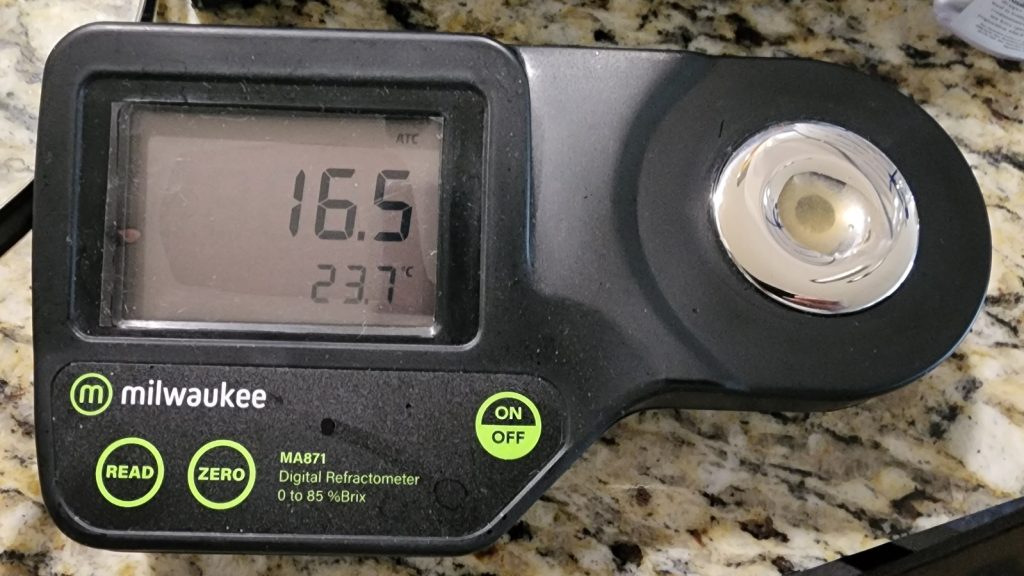
Next, I pitched a single pouch of Imperial Yeast B48 Triple Double into the warm wort. The time was 10:31 AM for a total brew day time of just 2 hours and 28 minutes.
The filled fermenter was then placed on a chair in an area of my house, which given it was summer at the time, maintained a steady 77°F/25°C.
After just 7 days, fermentation activity was all but absent, so I took a hydrometer measurement confirming FG had been reached, resulting in a respectable ABV of 8.4%.
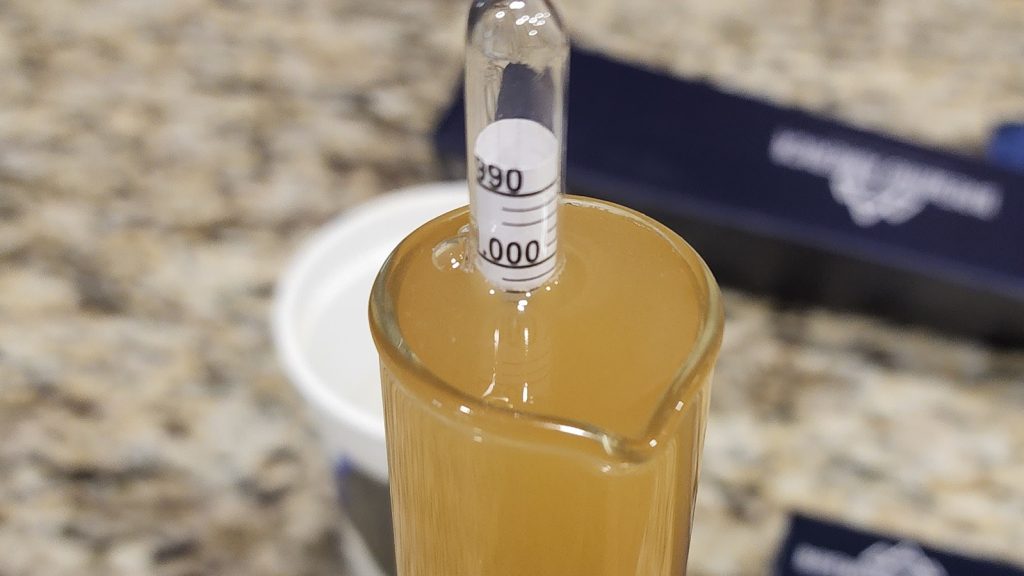
It was at this point I made the decision to keg condition this beer, and rather than using dextrose, I went with table sugar. After using a priming sugar calculator to determine the amount needed to achieve my desired level of carbonation, I gently added the solution to a sanitized and CO2 purged keg before pressure-transferring the beer to it.
The beer was left alone in a warm area of my house to naturally condition for 9 weeks, after which I placed the keg in my kegerator and let it chill for a week before it was ready to serve to tasters.
| RESULTS |
A total of 25 people of various levels of experience participated in this Short & Shoddy evaluation. Participants were informed of the specific beer style and provided the BJCP description prior to completing the survey. Tasters were then instructed to rate how hoppy, malty, and dry they perceived the beer to be on a 0-5 scale where a rating of 0 indicated “not at all” and 5 indicated “extremely.”
Tasters were provided a list of common hop, malt, and yeast characteristics then instructed to select from each the one they perceived as being most prominent in the beer.
Hop Characteristics
Malt Characteristics
Yeast Characteristics
Next, participants were asked to indicate whether or not they detected any off-flavors in the beer; those who did were provided a list of common off-flavors and instructed to select the one they perceived as being strongest. While 3 people noted perceiving off-flavors, there was no between-taster consistency with one endorsing DMS, another feeling they detected acetaldehyde, and a third saying they felt the beer had alcoholic and yeasty characteristics.
Tasters were then asked to rate how well the beer represented the intended style, based on the provided BJCP description, on a 0-5 scale where 0 meant “not at all” and 5 meant “exactly.”
Finally, tasters were asked to rate how much they enjoyed the beer on a 0-5 scale where 0 indicated they hated it and 5 indicated they loved it.
My Impressions: When sampling the beer soon after kegging, I picked up a distinct black pepper flavor, though this faded to the background after a week in my kegerator. In the end, I really enjoyed the way this Short & Shoddy Belgian Tripel turned out!
| CONCLUSION |
Belgium is known for a number of awesome consumables, one of which is beer, especially Trappist ale that was originally brewed by monks as a form of sustenance. Despite its higher strength, Belgian Tripel is a pale colored ale that’s typically fairly light on the palate and easy to drink, making it a perfect accompaniment to both cool winter nights and hot summer days.
Due largely to the fact it’s fermented with a yeast strain known for producing higher levels of esters and phenols, many view Belgian ales including Tripel as being rather forgiving and easy to brew. Still, there are certain methods brewers are recommended to follow as a matter of course, those that I intentionally forwent with this Short & Shoddy batch. Based on taster ratings, it seemed my wonky approach worked out well, as not only did a majority feel this beer was an adequate representation of a Tripel, but they also reported liking it as well.
Over the years, I’ve made some minor changes to my overall approach as a means of reducing my brew day length, but this Tripel was one of only a few truly Short & Shoddy beers I’ve brewed. Needless to say, I was a bit surprised with how well it turned out, especially considering it was fermented so warm. While a few people did report perceiving off-flavors, I personally did not, and the fact none of them agreed on a specific off-flavors left me feeling it may be a function of something else. Regardless, I’ll almost certainly control my fermentation temperature in future batches, only because I have the ability to easily to do so, but other than, I could definitely see myself brewing this recipe again.
If you have thoughts about this Short & Shoddy brew, please feel free to share it in the comments section below!
Support Brülosophy In Style!
All designs are available in various colors and sizes on Amazon!
Follow Brülosophy on:
FACEBOOK | TWITTER | INSTAGRAM
If you enjoy this stuff and feel compelled to support Brulosophy.com, please check out the Support page for details on how you can very easily do so. Thanks!


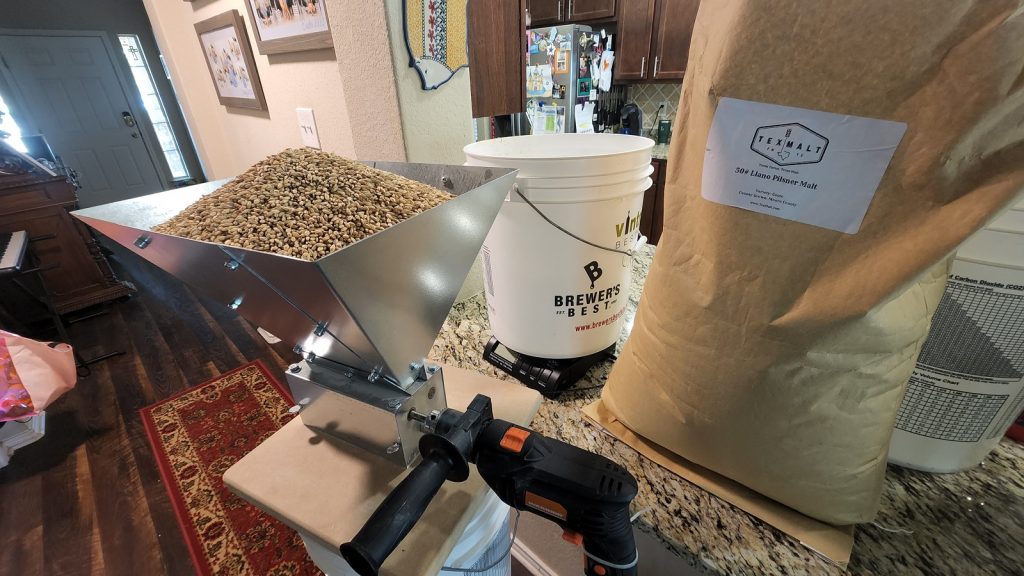
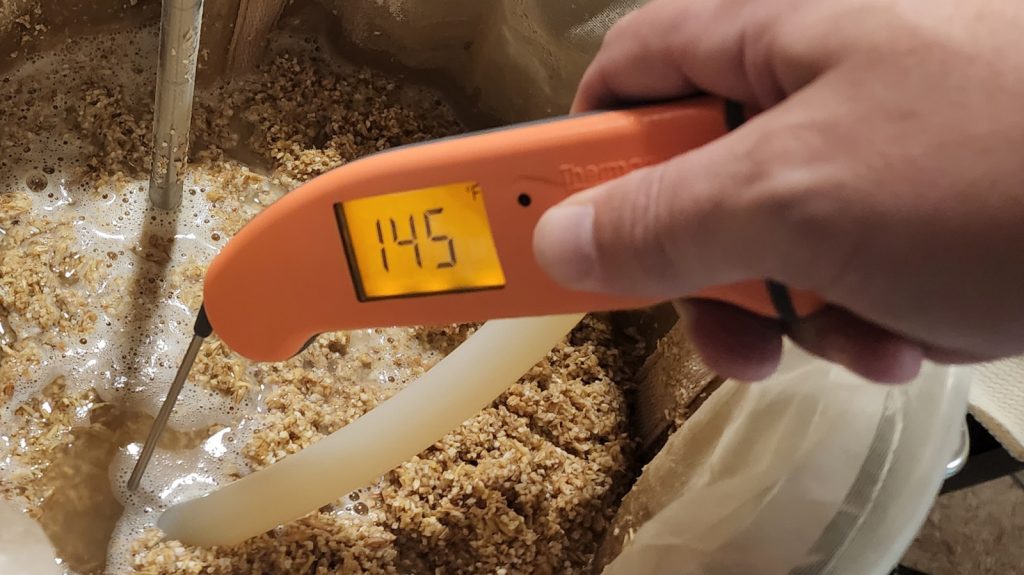
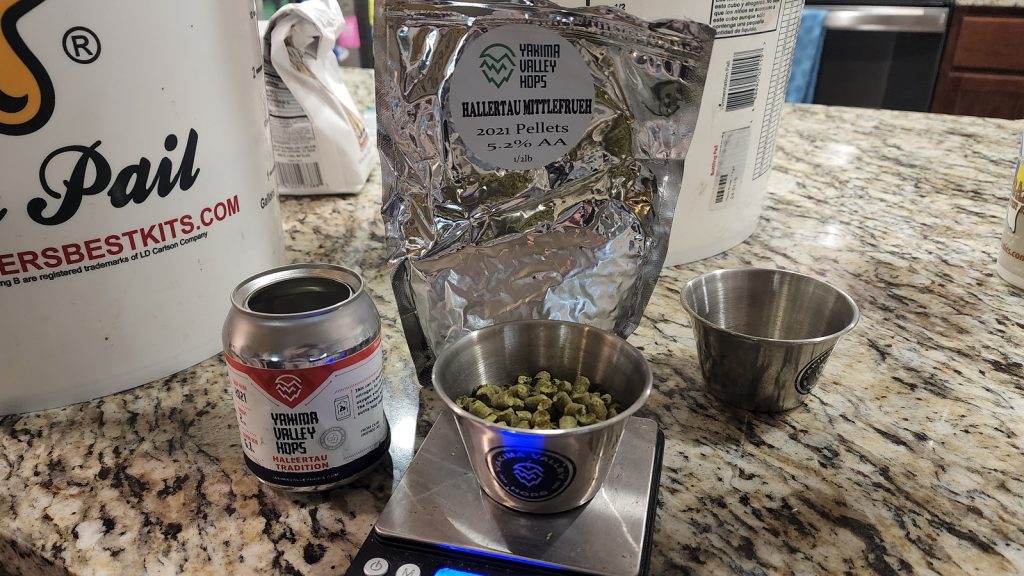
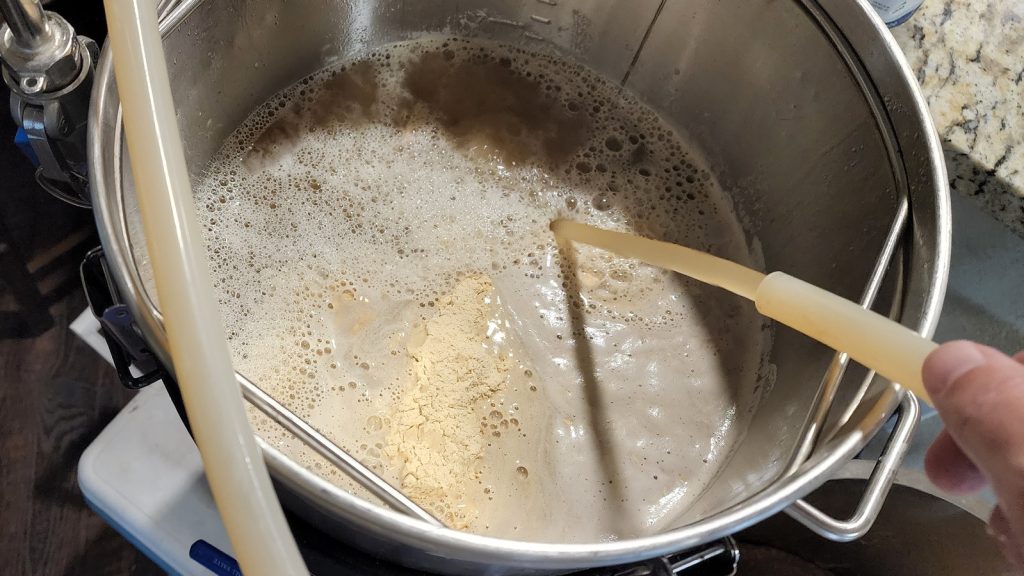
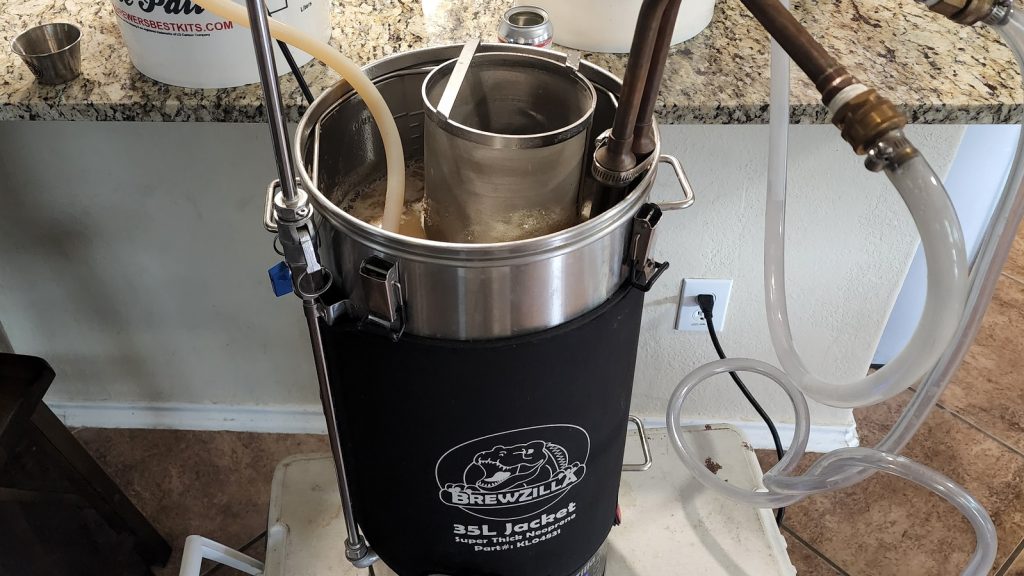

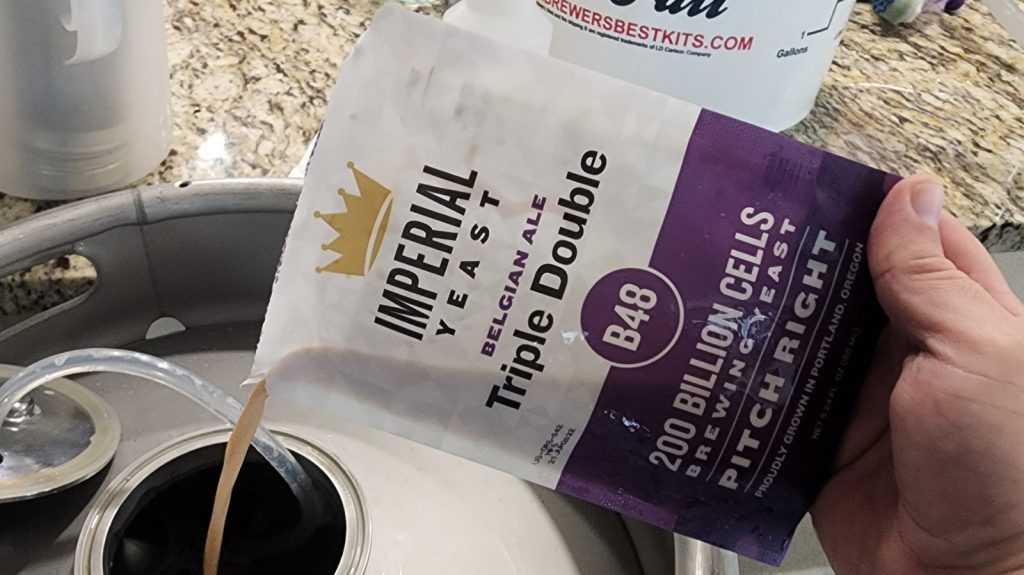
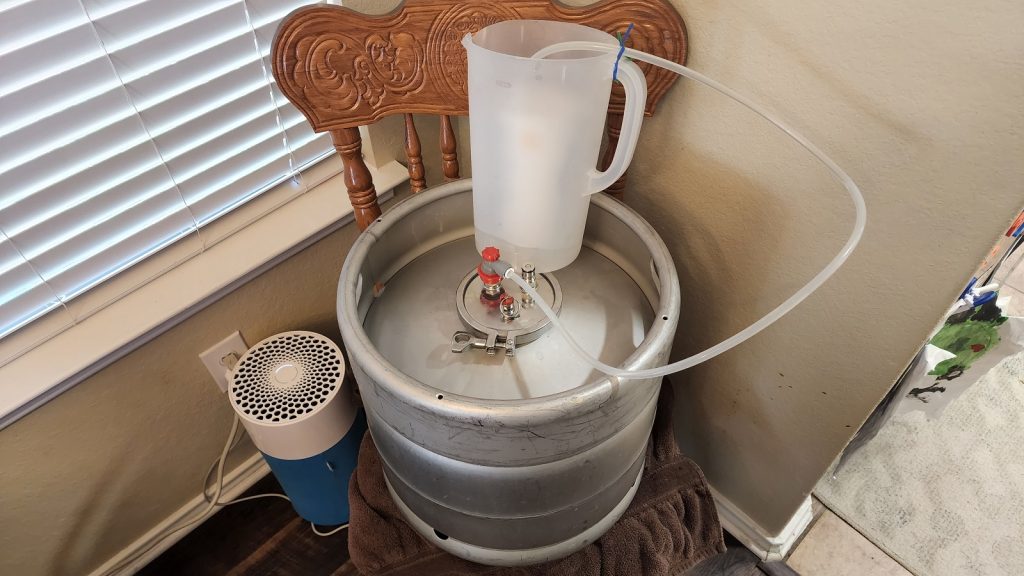
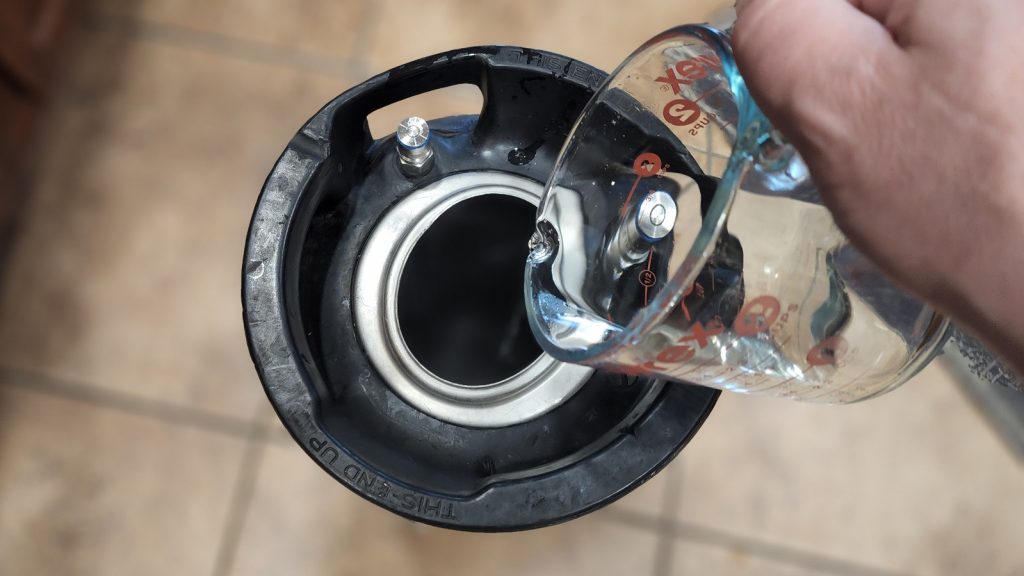
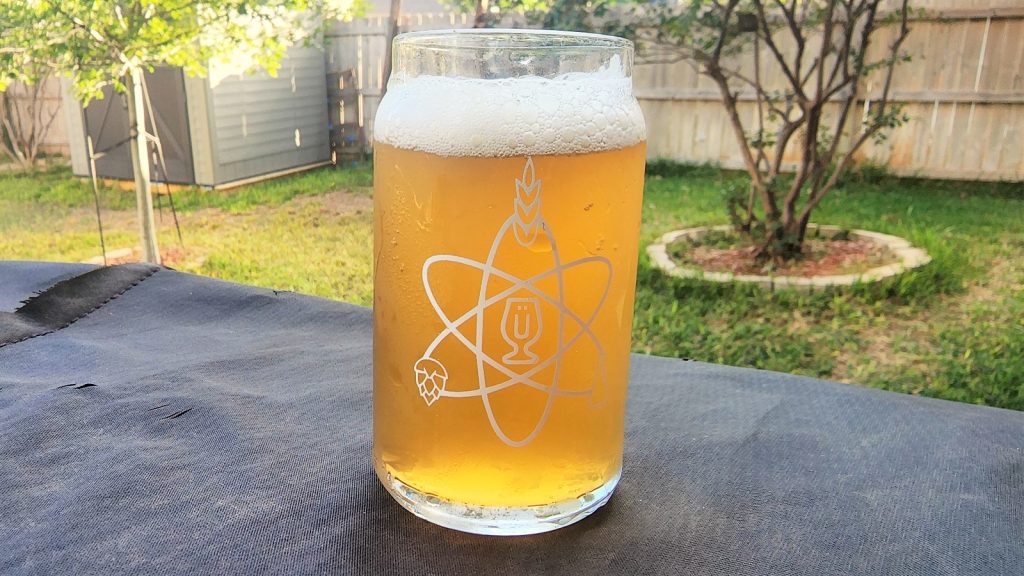
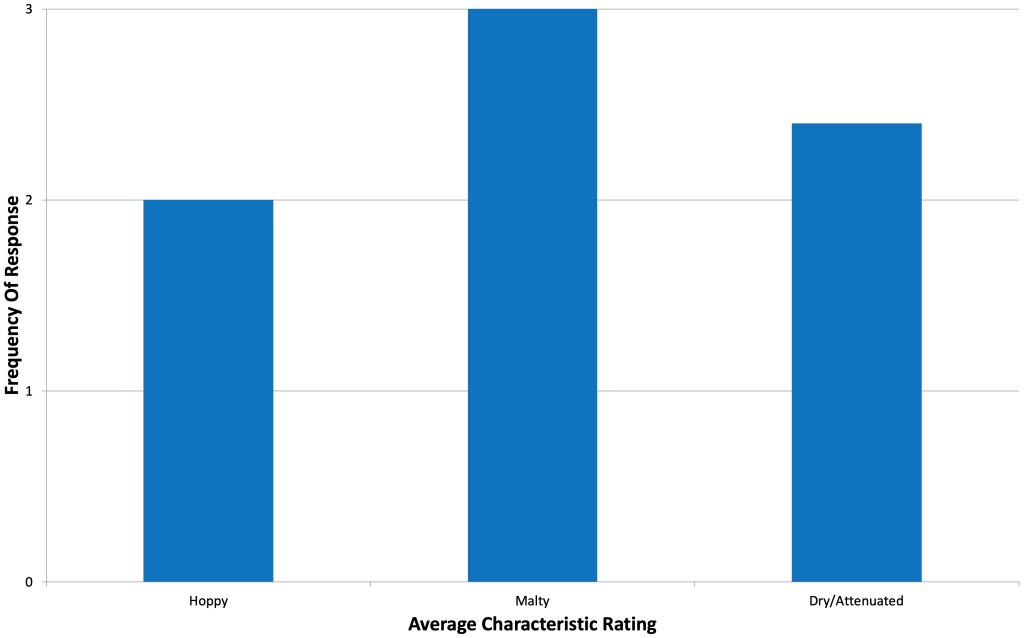
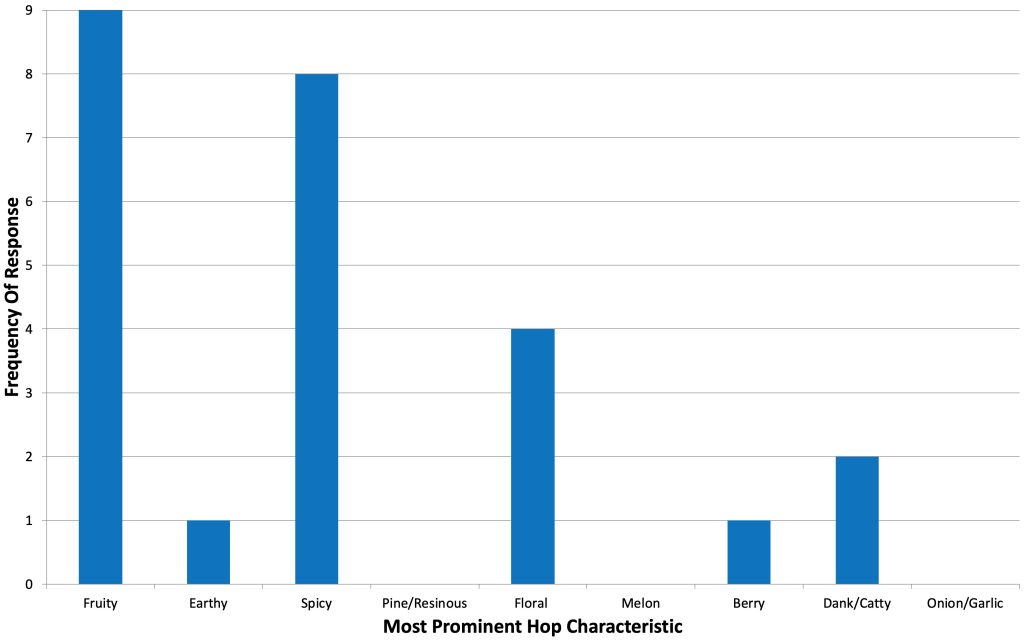
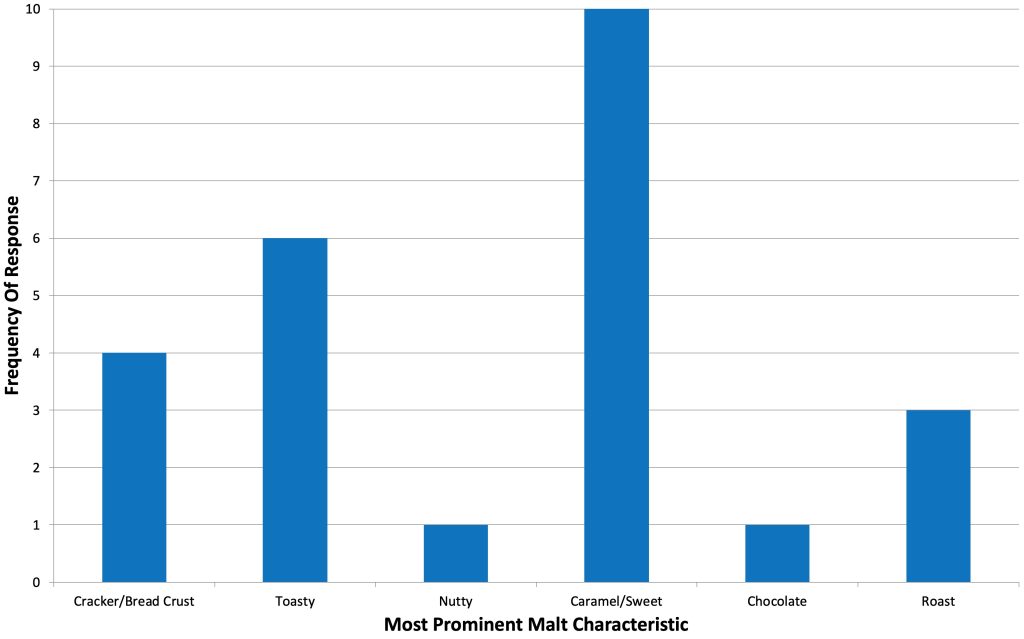
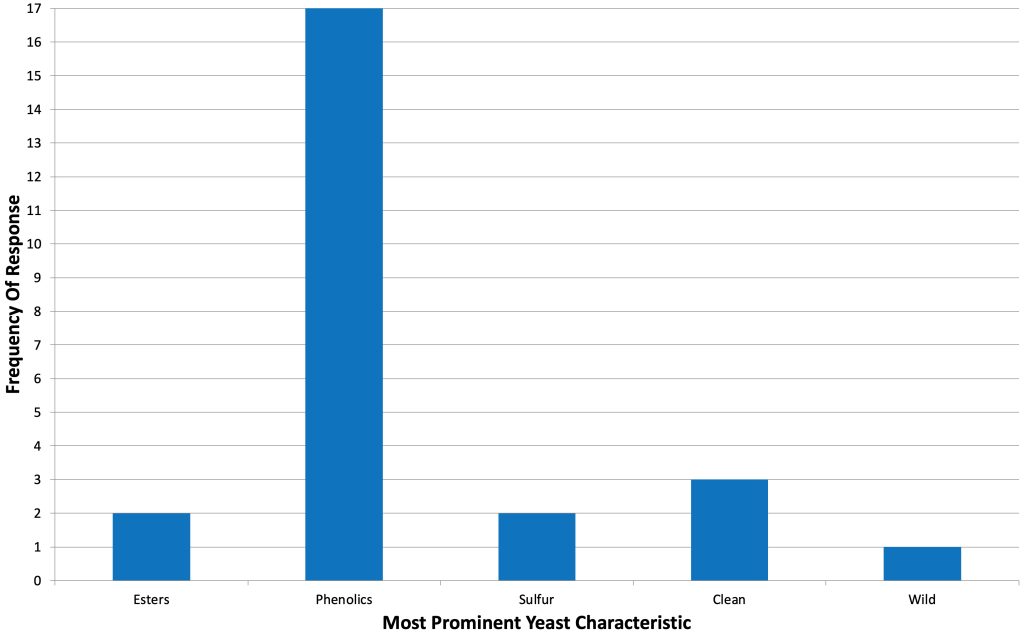
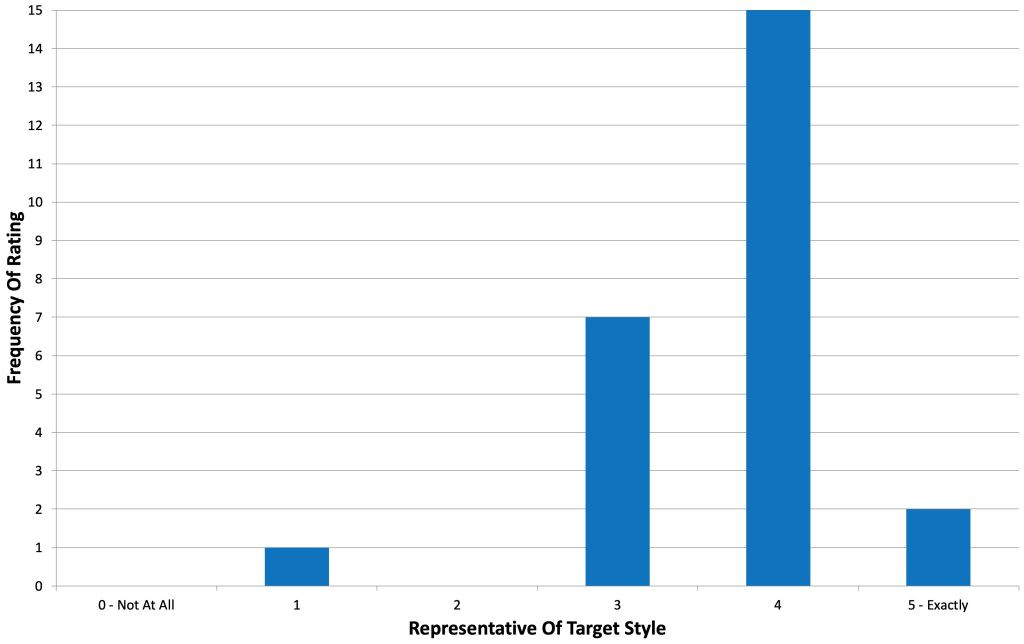
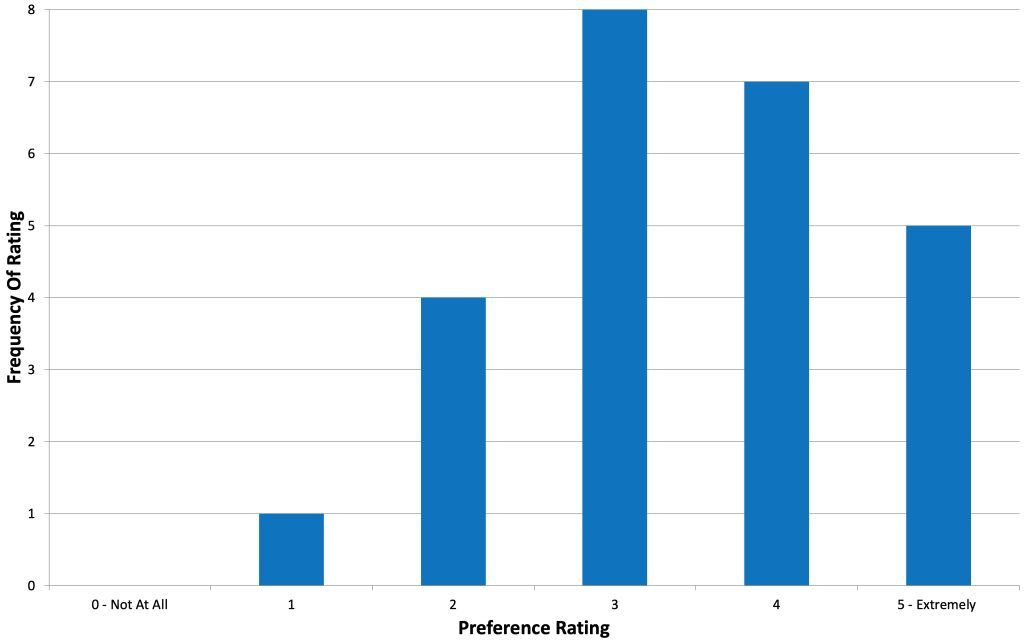











7 thoughts on “Short & Shoddy | Belgian Tripel”
How did you add the sugar solution to a sanitized and CO2 purged keg before pressure-transferring the beer to it? (if the keg is purged with CO2, you cannot open it in order to add the sugar, right?)
I pushed star san out of the keg with CO2. After I added the sugar, I took the extra step to fill the keg with CO2 and purge the PRV a handful of times.
Do you have a death wish.Milling your malt in the lounge room,
Hi – Going from 1.068 to 1.004 would be an attenuation of close to 94% which is well beyond the specs of your yeast. What do you think explains that high attenuation? Is it the table sugar (if you exclude table sugar impact on OG, you still end up with an OG of 1.048, and with 1.004 FG, that would still be a 91% attenuation), or am I missing something?
It’s the 2.5 lbs of table sugar. Its basically 100% fermentable and will push yeast well beyond published attenuation. I also fermented really warm, so the yeast were quite active.
This seems pretty easy. I’m curious if, after this amount of time has elapsed, how you are now brewing your Tripel. Short and Shoddy, or back to the original? Some combination? I want to try brewing this.
This method is a touch messy. Starting out this hot created a great beer, but a lot of Krausen blew out the blow off tube. I think I prefer to start a little cooler before I let it rise up this warm, but would totally do it again.